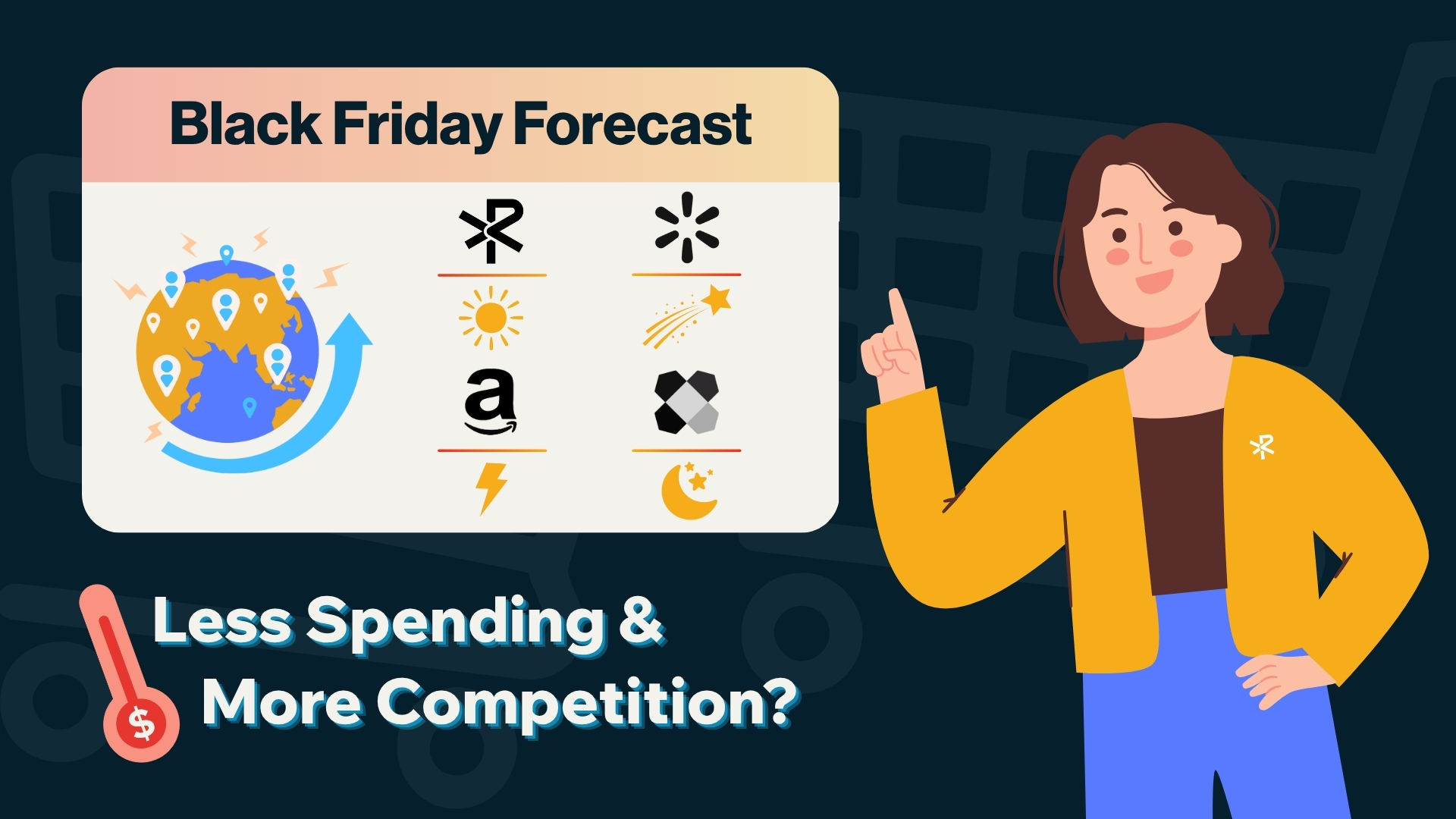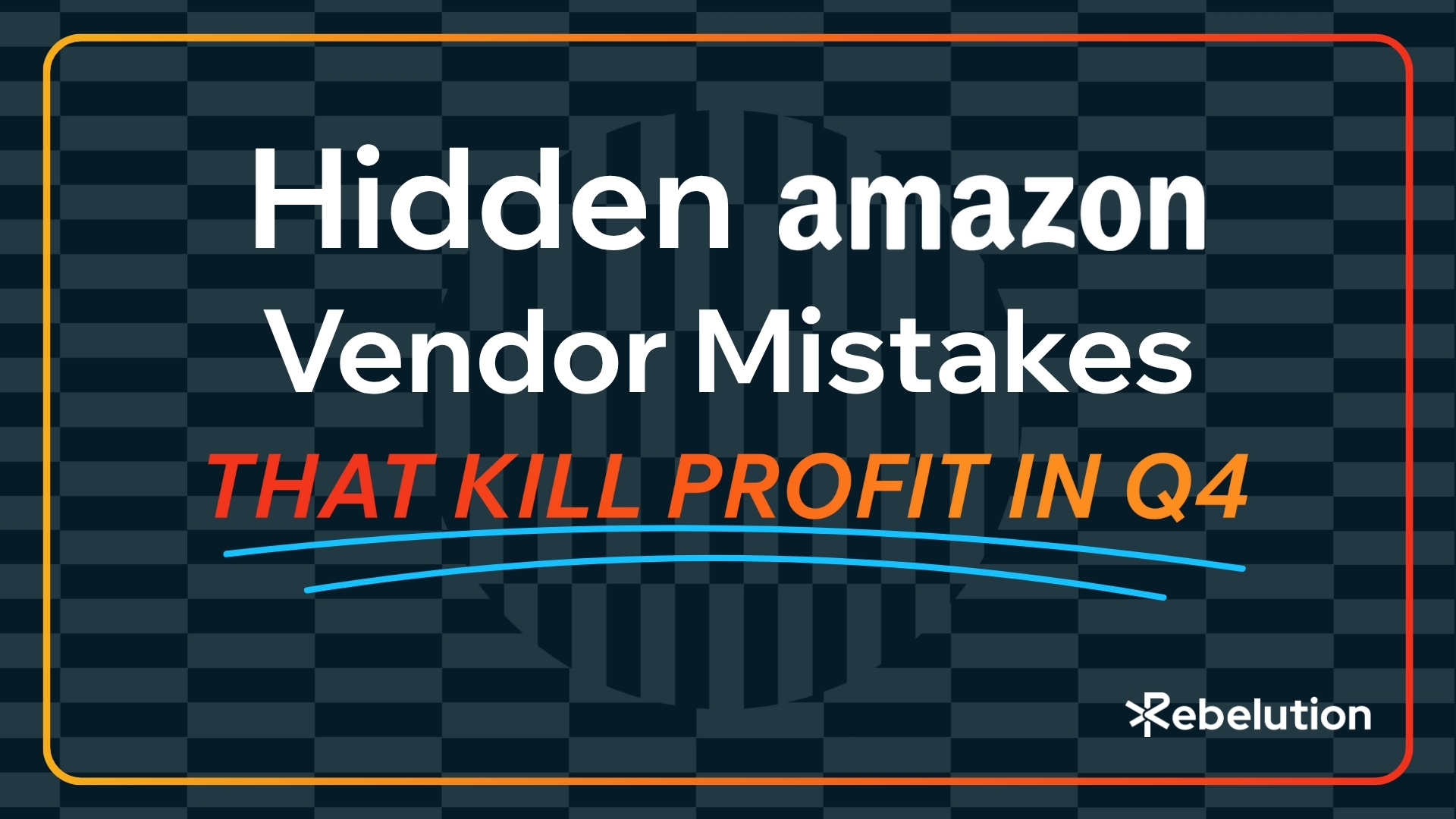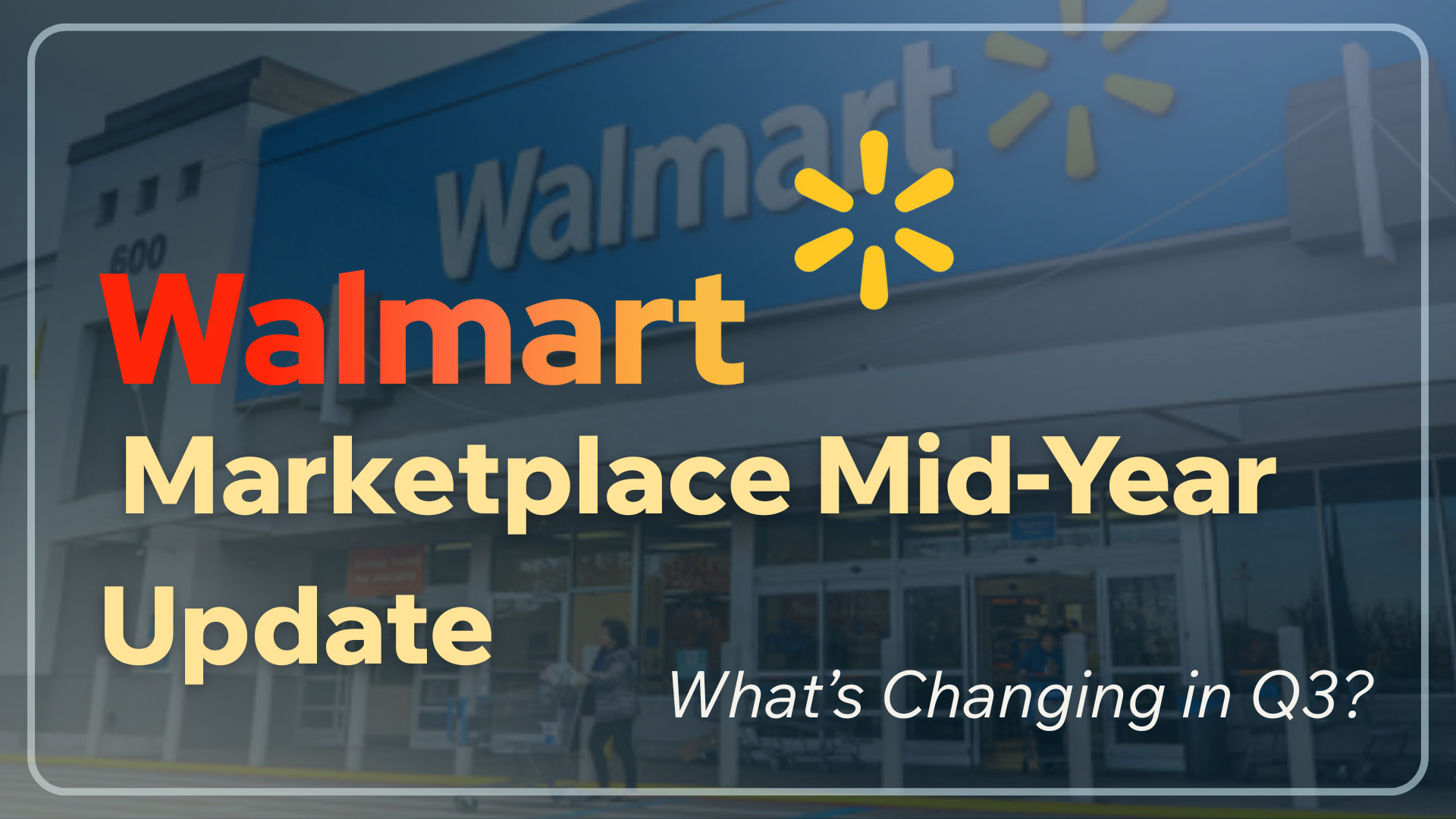For many Amazon sellers, Fulfillment by Amazon (FBA) seems like a game-changing solution. It promises to streamline logistics, manage storage, and handle customer service. But is FBA the best route for every seller? Here’s a deep dive into what FBA truly offers and whether it’s worth the investment for your business.
At it’s core, FBA is a service where Amazon takes care of the heavy lifting for sellers. You send your products to Amazon’s fulfillment centers, and they handle storage, packaging, and shipping directly to customers. Amazon also manages returns and customer service, giving sellers more time to focus on growing their business. While this may sound ideal, it’s important to weigh both the pros and cons.
Prime Eligibility and Increased Visibility: One of the biggest perks of using FBA is the coveted Prime badge. Amazon Prime customers prioritize fast and free shipping, and being part of the Prime program often leads to higher visibility and increased sales. In a competitive marketplace, standing out with Prime eligibility can make a significant difference.
Scalability: As your business grows, so do the demands on your time and resources. FBA allows you to scale without worrying about the logistics of warehousing, picking, packing, and shipping. Amazon’s vast network of fulfillment centers can handle it all, even during peak seasons.
Customer Service and Returns: FBA takes customer service off your plate. Amazon handles customer inquiries and returns, which can be a huge relief for sellers, especially during high-demand periods like holidays.
Cost: While FBA offers many conveniences, it comes at a price. Storage fees, particularly for long-term storage, can add up quickly. Sellers also face fulfillment fees that vary based on the size and weight of their products. Understanding and calculating these costs is crucial to ensuring profitability.
Lack of Brand Control: When you hand over fulfillment to Amazon, you’re also relinquishing some control over your brand’s customer experience. Your products will be shipped in Amazon-branded packaging, and your direct connection with the customer is reduced. This can make it harder to build brand loyalty.
Complex Fee Structure: Amazon’s fee structure for FBA can be complicated. Beyond storage and fulfillment, there are other potential fees, like removal orders or unplanned service fees, which can surprise sellers if not properly accounted for.
The answer depends on your business model, product type, and long-term goals. For small to mid-sized businesses, FBA can be a game-changer, offering exposure to millions of Amazon shoppers and freeing up time to focus on growth. However, if you have low-margin products or want more control over the customer experience, you might need to reconsider.
FBA is a powerful tool for sellers who want to scale quickly and take advantage of Amazon’s logistics network. However, it’s essential to fully understand the costs and implications for your brand before diving in. For some, the benefits far outweigh the cons. For others, fulfilling orders independently independently or exploring a hybrid model might be a better fit. Ultimately, FBA is worth it if the numbers make sense for your business and you’re willing to embrace Amazon’s ecosystem.
Looking for more eCommerce insights? Sign up to our newsletter here for the latest!

Meghan is a digital marketing specialist and analyst at Rebelution eCommerce, focusing on internal strategies. With a strong background in market analysis and initiative development, she enhances internal communications and ensures marketing efforts align with business goals. Her strategic approach improves the efficiency and impact of Rebelution’s marketing operations.



Experts expect the slowest U.S. holiday growth since the pandemic—even as online sales rise. See the Black Friday sales forecast, what’s driving competition on Amazon, Walmart, Lowe’s, Home Depot, Wayfair, and how to win.


The biggest Amazon vendor Q4 mistakes aren’t what you think. Learn the hidden operational, financial, and data traps that quietly destroy holiday margins.


Learn how Amazon, Walmart, and Wayfair empower small business ecommerce brands with tools, reach, and growth opportunities.


Explore how Evolution Outdoor, in partnership with Rebelution, achieved a remarkable 65% increase in year-over-year sales...

.jpg)
Explore how Evolution Outdoor, in partnership with Rebelution, achieved a remarkable 65% increase in year-over-year sales...


Explore how Evolution Outdoor, in partnership with Rebelution, achieved a remarkable 65% increase in year-over-year sales...


